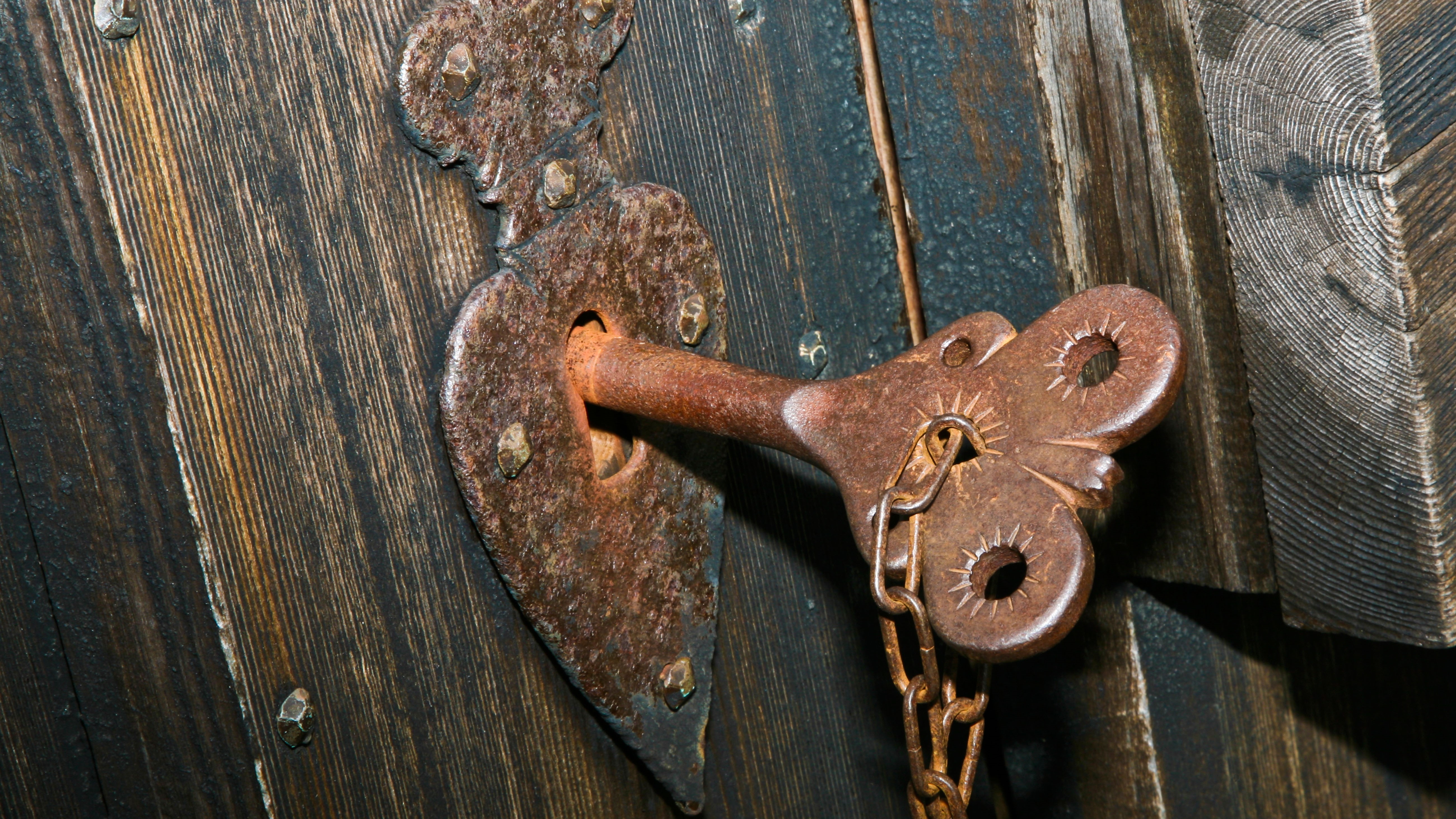Steak Diane: A Retro Restaurant Classic That's Shockingly Easy to Make at Home
With the right techniques and just a handful of ingredients, you can make this restaurant-worthy retro steak dinner—complete with a rich sauce—in your own kitchen.


On the rare occasion when my husband and I actually have time to enjoy an intimate, special dinner, I love cooking dishes like this fun, retro steak Diane: It’s elegant, full flavored, and table-ready in less than a half hour. With so little time investment here, it also means I’m free to prepare any number of sides, as simple or as fancy as I please. There’s no shortage of sides it pairs with for an impressive meal—some of my favorites are a simple tossed salad, baked or mashed potatoes, and sautéed spinach.
Steak cooked Diane-style has come to mean sautéing filet mignon in butter and then flambéing and basting it in a luxe cognac sauce. Its history is debated, with possible origins in London, Belgium, and New York City. The "Diane" part refers to Diana, the Greco-Roman goddess of the hunt, and "à la Diane" sauces were typically served with venison and other game meats in London restaurants in the early 1900s. It was probably New York hotels that popularized the flambéed steak version.
My version of steak Diane features a juicy filet mignon with a perfect seared crust topped with a restaurant-quality sauce—it's glossy, brightly flavored, and clings to the meat, leaving a streak of white plate that slowly closes as you swipe each bite of steak through it. The sauce has just the right level of salt and meaty aroma without being greasy. It’s extraordinarily delicious and sure to impress the lucky person you’re sharing it with, and as a bonus, it’s dead simple to make. Here’s how to perfectly execute this steak dinner at home.
Cooking the Perfect Filet Mignon for Steak Diane
Filet mignon comes from the thinner, most tender end of the tenderloin. The steaks are cut from the small muscle that runs along the back half of the inside edge of the cow's spine. It is, as the name implies, extremely tender—a major part of their appeal for intimate special-occasion meals. They are also the most expensive cut of beef in the supermarket, so you don't want to mess them up.
The difficulty in cooking filets mignon, or any cut of the tenderloin, is that they contain very little intramuscular fat. As a result, they are relatively flavorless compared to well-marbled steak cuts such as ribeye or strip steak. While a plain filet mignon might lack flavor, its mildness makes it the perfect canvas for a rich, intensely flavored pan sauce. 
Less fat in the meat also means less insulation from heat penetration, and thus a greater chance of overcooking the lean meat and turning it from tender to tough. The first step to ensuring the most flavorful, tender meat possible is dry-brining the steaks. Dry-brining is our preferred method for seasoning both large and small pieces of meat. This process, in which the protein is liberally salted and refrigerated for an extended period of time, is particularly beneficial for lean, relatively bland proteins like beef tenderloin, which has a tendency to dry out when exposed to high heat. Along with producing juicy, flavorful results, dry-brining also helps us get better Maillard browning by extracting excess moisture from the beef before searing for a crispier crust.
Another key technique used in this recipe to guarantee a juicy filet mignon is to use Serious Eats' time-tested perfect pan-seared steaks technique. It’s simple and straightforward, just what you want when cooking a special meal for two. As described above, the steaks are liberally salted and left to sit for at least 40 minutes before they’re seared over ripping high heat in a cast iron, carbon steel, or stainless steel pan, flipping every two minutes to ensure even cooking and a deeply browned crust. But as the saying goes, “many roads lead to Rome,” and I’ll point out that you can adapt this recipe to use your own preferred cooking method, such as our reverse-seared, butter-basted, or sous vide steak recipes.
Once the steaks are cooked, set them aside on a plate to rest while preparing the accompanying sauce. You might be tempted to tent them with aluminum foil to keep them warm, but don’t. Tenting the steaks will only trap steam and soften that beautiful crust on the steaks that you worked hard to create. Instead, let the steak sit untouched and uncovered.
How to Make a Fine Dining–Quality Sauce for Steak Diane
You should expect nothing less than a perfect, velvety, richly flavored, restaurant-quality sauce with this recipe. If in the past you've ever noticed that your homemade pan sauces don’t live up to the glossy, smooth, emulsified texture you get in restaurants, it's likely due to the quality of the stock or broth you’re using. Starting the sauce with a homemade stock that’s rich with gelatin—the stock should jiggle like jelly when cold—is the best way to ensure this. But if you’re starting with store-bought broth, which many of us do, the sauce will lack that crucial gelatin content that creates a rich, velvety texture.
If you're not up for brewing a whole potful of gelatin-rich broth, we have a tried and true Serious Eats pan sauce trick for you: Simply bloom some powdered gelatin in store-bought broth—one teaspoon in this recipe will do the trick. A quick simmer and a few pats of butter later, you'll have a mouth-coating pan sauce with a restaurant-quality texture.
When eaten at a restaurant, a large part of steak Diane’s charm is the tableside flambéing of the cognac sauce before it is poured over the filets. While it's fun when dining out, I say let’s leave fire to the professionals and avoid the risk of setting off your smoke detector while you're making a special meal. So instead of flambéeing, I choose to add the cognac off heat, and with the broth, to avoid any flare-ups. Then the sauce is returned to the heat to simmer and reduce, allowing any residual harsh alcohol flavor to evaporate.
Whether you’re cooking steak Diane for Valentine’s day, Galentine’s day, or any special occasion, this recipe is sure to impress—just don’t tell anyone how easy it was to make.
Pat steaks dry with paper towels. Season liberally with salt. Allow to rest at room temperature for at least 40 minutes and up to 2 hours. Alternatively, place on a plate or on a wire rack over a baking sheet in the refrigerator for up to 24 hours.
If using store-bought broth, in a liquid measuring cup combine stock and cognac and sprinkle gelatin over the top. Set aside.
In a 10-inch stainless steel, cast iron, or carbon steel skillet, heat oil over high heat until smoking. Season steaks all over with pepper, add to pan, and cook, flipping with tongs every 2 minutes until well browned on all sides (including edges, which you can sear by holding steaks sideways with tongs) and the internal temperature has reached 110°F (43°C) for rare or 130°F (54°C) for medium (steak will continue to cook for a bit afterward), 6 to 12 minutes total, depending on thickness. Transfer steaks to a plate; set aside while preparing sauce. Do not wipe skillet.
In now-empty skillet, reduce heat to low and melt 1 tablespoon butter. Add shallot and cook until translucent, about 1 minute. Remove skillet from heat and add stock or broth (or gelatin mixture if using store-bought broth), cognac, Worcestershire, and any accumulated meat juices from plate. Return skillet to medium-high heat and bring to boil, scraping up any browned bits. Cook until reduced to 1/2 cup, 5 to 7 minutes.
Off heat, whisk in half of chives, mustard, and remaining 2 tablespoons butter, until fully incorporated. Transfer filets to individual serving plates and spoon sauce over top. Sprinkle with remaining chives and serve.
Special Equipment
10-inch stainless-steel, cast iron, or carbon steel skillet, tongs
Notes
An equivalent total weight of bone-in or boneless ribeye or strip steak, porterhouse, T-bone, tenderloin, hanger, or flank steak can be used in place of filet mignon. Try to get steaks at least 1 1/2 inches thick. If using a thinner cut of steak, shorten cooking time accordingly.
If using store-bought broth, add 1 teaspoon powdered gelatin to the broth and cognac and let sit while cooking the steaks. The gelatin will add body to the broth and final sauce that store-bought broth lacks.
Make-Ahead and Storage
The steak and sauce are best enjoyed right away.









































































